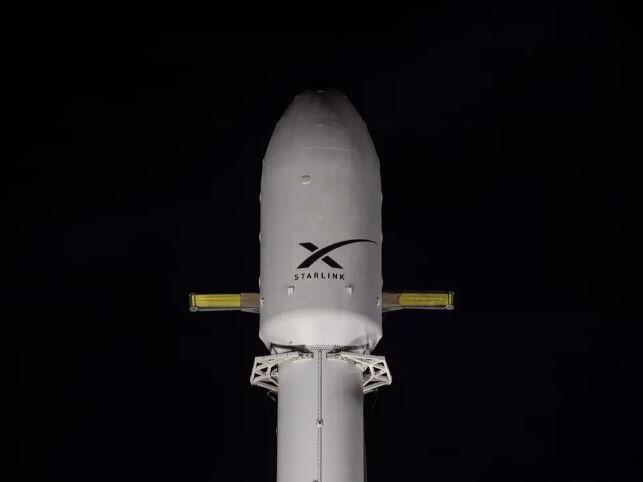Physical Address
304 North Cardinal St.
Dorchester Center, MA 02124
Physical Address
304 North Cardinal St.
Dorchester Center, MA 02124

On August 28, a SpaceX Falcon 9 rocket, tasked with deploying another group of Starlink satellites into orbit, encountered an issue during the re-entry of its first-stage booster. The booster appeared to tip over as it descended into the Atlantic Ocean early Wednesday morning.
The Falcon 9 rocket launched at 3:48 a.m. EDT from Cape Canaveral Space Force Station, carrying a payload of 21 satellites aimed at expanding the global internet coverage provided by Starlink. The mission set out to increase the constellation of satellites already orbiting Earth.
After the successful separation of the first-stage booster from the rest of the rocket, it attempted to return to Earth. However, during its landing on the droneship named A Shortfall of Gravitas, viewers noticed the booster descending amid a burst of flames. Subsequently, it was propelled off the vessel, prompting the live webcast coverage to cut away from the scene.
SpaceX later confirmed that the booster, which had completed its 23rd mission, had indeed tipped over upon landing. In a statement, the company mentioned, “Teams are assessing the booster’s flight data and status” to determine the implications of the incident.
Despite the tip-over, SpaceX reported that the second-stage of the rocket successfully completed its first burn shortly after the incident. This phase is crucial, as the rocket will conduct a brief 2-second burn in about 35 minutes to ensure its placement into the correct deployment orbit for the Starlink satellites.
The ultimate goal of the mission is to enhance the Starlink network, which aims to provide high-speed, low-latency internet service worldwide. With thousands of satellites already in low-Earth orbit, this latest addition is expected to improve service quality for users around the globe.
The launch took place shortly after SpaceX experienced another delay regarding its highly anticipated Polaris Dawn mission, which is set to carry a four-person crew farther into space than any human has traveled since the Apollo missions ended. The Polaris Dawn flight was originally scheduled to lift off just ten minutes before the Starlink mission but was postponed due to an unfavorable weather forecast affecting its return flight.
Initially planned for Monday, the launch had been delayed to Tuesday when a helium leak disrupted the timeline, resulting in Wednesday becoming the next target date. The latest update suggests that Friday may now be the earliest opportunity for the Polaris Dawn launch.
Source: UPI



